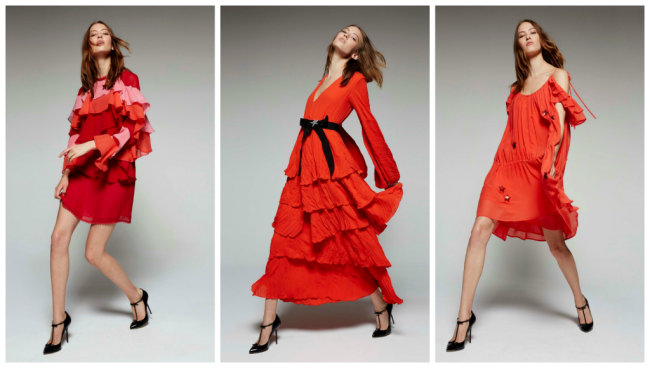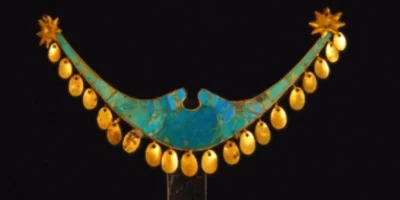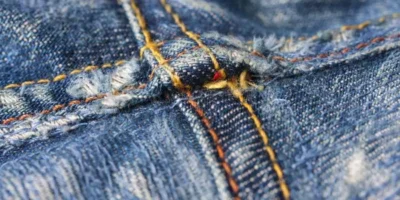After the basics of sewing, we also thread the upper and bobbin thread, we have learned sewing and even the zigzag stitching is no longer a problem. In the fifth part of the “easy to sew” series , we dedicate ourselves to the so-called “gathering” thread to make ruffles in sewing clothes.
A long piece of fabric, which is put into many, small gathers and then sewn – in jargon is called “queuing” or “gathering”. After stitching and overcasting, so today is the “gathering” on the plan. And that’s not as hard as you think. We show you how it works.
How to sew overlock edges with zig-zag stitch
How it works
For gathering you need two cutting parts.
First of all, sew a stitching in 0.75 cm, which is fairly loose. In the second step, pull evenly on the bobbin thread so that the fabric gently curls and creases. Now ruffle the fabric to the desired length and distribute the ripple evenly.
Now lay both pieces right side together and stitch the two pieces together at 1 cm. You can now drape the ruffled outer fabric the way you want it.
How to use ruffles
There are many applications for the gathering stitch. You can add ruffled edges to dress hems or even the cuffs or shirts and blouses. For the hem, it would look better and have more ‘weight’ to have deep ruffles, but for cuffs you can have any size. Large cuff ruffles can make a statement, and small ones can be very sophisticated.
Ruffles are also often used in household furnishings, such as the bottoms or tops of curtains, for the edges of pillows and scatter cushions, and even for pillowcases and sheets for the bedroom. If you are making your own bedroom set, a ruffled edge can be used to dress it up.
How to use the gathering thread for ruching
This use will allow you to place a ruffled seam against a straight one, usually used in dresses and other women’s garments to add shape to the piece, as the ruching follows the body form more easily.




